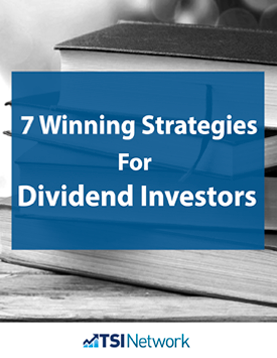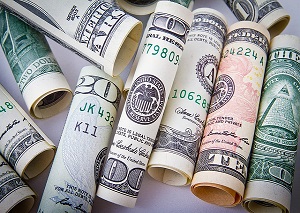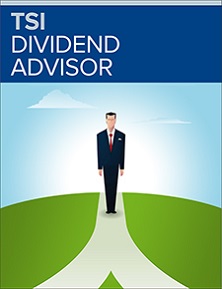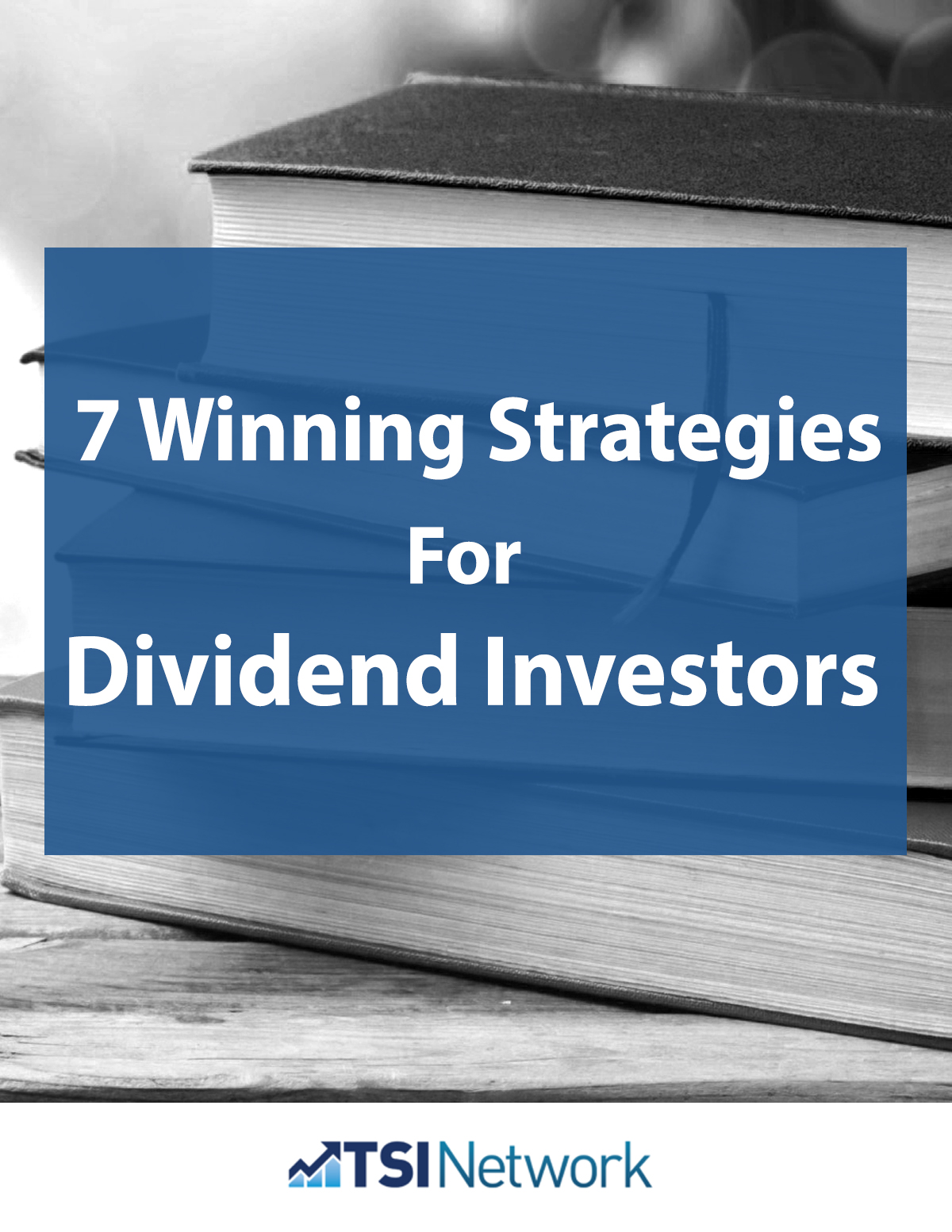Topic: Dividend Stocks
How best to evaluate stocks with a high dividend yield
Are stocks with a high dividend yield the most prized finds or bad investments in disguise?
The dividend yield is the percentage you get when you divide the current yearly dividend payment by the share or unit price of the investment.
The biggest risk in stocks with a high dividend yield
When looking for stocks with high dividend yields, you should avoid the temptation of seeking out stocks with the highest yields—simply because they have above-average yields.
That’s because a high yield may signal danger rather than a bargain—if it reflects widespread investor skepticism that a company can keep paying its current dividend.
Dividend cuts will always undermine investor confidence, and can quickly push down a company’s stock price.
 The Growing Power of DividendsLearn everything you need to know in '7 Winning Strategies for Dividend Investors' for FREE from The Successful Investor. The Best Canadian Dividend Stocks to Buy: REITS Canada and other Top Canadian Dividend Stocks. |
Above all, for a true measure of stability, focus on stocks that have a high dividend yield that has been maintained or raised during economic or stock-market downturns. Generally, these firms leave themselves enough room to handle periods of earnings volatility. By continually rewarding investors, and retaining enough cash to finance their businesses, they also provide an attractive mix of safety, income and growth.
A track record of dividend payments is a strong sign of reliability and an indication that investing in the stock will be profitable for you in the future.
Dividend growth stocks are a welcome bonus—but focus on quality
As with conservative dividend-paying stocks, dividend growth stocks offer investors a measure of security. Dividends, after all, are much more stable than earnings projections. More important, dividends are impossible to fake—either the company has the cash to pay them or it doesn’t.
However, it’s important to avoid judging a company based on the fact that it pays a dividend. Nor should you be tempted solely by a high dividend yield (the percentage you get when you divide a company’s current yearly payment by its share price).
That’s because—as mentioned—high yield can sometimes be a danger sign rather than a bargain. For example, a dividend stock’s yield could be high simply because its share price has dropped sharply (since you use a company’s share price to calculate yield). That drop may signal investor anticipation of coming bad news.
As well, you should always remember that while growth stocks hold the potential for greater gains than conservative selections, they typically expose you to a higher level of risk—even if they are dividend-paying stocks.
That’s why we look beyond dividend yield when making investment recommendations, and look for dividend stocks that have established a business and have at least some history of building revenue and cash flow.
6 tips for picking the best dividend stocks:
- Look for companies that raise their dividends. Stock prices rise and fall. Interest on bonds or GICs holds steady, at best. But the best dividend stocks like to ratchet their dividends upward over time—holding them steady in a bad year, and raising them in a good one. That also gives you a hedge against inflation. Over time these stocks can accumulate a high dividend yield.
- High quality stocks + high quality dividends = a winning combo. Some good companies reinvest profit instead of paying dividends. But fraudulent and failing companies hardly ever pay dividends. So if you only buy stocks that pay dividends, you’ll automatically stay out of almost all the market’s worst stocks.
- Watch out for stocks with an unusually high dividend yield. Investors should avoid judging a company based solely on its dividend yield (the percentage you get when you divide a company’s current yearly payment by its share price). That’s because a high yield can sometimes be a warning sign rather than a bargain. For example, a dividend paying stock’s yield could be high simply because its share price has dropped sharply (because you use a company’s share price to calculate yield) in anticipation of a dividend cut. That’s why we recommend that you look beyond dividend yield when making investment decisions, and look for companies that also have established a sound business and have a history of building revenue and cash flow.
- Look for a history of paying a dividend. One of the best ways of picking a quality dividend stock is to look for companies that have been paying dividends for at least 5 to 10 years. Companies can trump up quarterly earnings, issue press releases to appear to be making strong progress, but they cannot fake dividends. Dividends are cash outlays that an unsuccessful company could never produce. All the best dividend stocks have a long history of dividend payments.
- The best dividend stocks feature hidden assets. When researching dividend stocks, take a close look at their balance sheets. Can you spot any hidden assets? For instance, when a company buys real estate, the purchase price goes on its balance sheet at the historical value of the asset. Over a period of years or decades, the market value of that real estate may climb substantially. But the historic purchase price remains unchanged on the balance sheet. At times, the hidden assets in a company’s real estate can even come to exceed the market value of its stock.
- Top quality stocks with a high dividend yield dominate their markets. We look for dividend stocks that have industry prominence, if not dominance. Our reasoning, besides brand recognition, is that major companies can influence legislation, industry trends, etc. to suit themselves. Minor firms can’t do that.
 The Growing Power of DividendsLearn everything you need to know in '7 Winning Strategies for Dividend Investors' for FREE from The Successful Investor. The Best Canadian Dividend Stocks to Buy: REITS Canada and other Top Canadian Dividend Stocks. |
When a high dividend yield means danger
To reiterate: a high dividend yield may be a danger sign. It may mean insiders are selling and pushing the price down. A falling share price makes a stock’s yield goes up (because you still use the latest dividend payment as the numerator to calculate yield—but the denominator, the price, has dropped). But when a stock does cut or halt its dividend, its yield collapses.
A classic case is the now defunct Yellow Pages Income Fund. When it first issued units in 2003, it was widely trumpeted by brokers and in the media as a well-established company (although we viewed it as the over-the-hill division of a formerly well-established company).
The company stayed in the limelight even though its high dividend yield—consistently above 10%—was a big warning sign. We never recommended the shares of Yellow Pages Income fund, advising investors to stay away from them.
In August 2011, the company’s credit rating was downgraded to junk status; in September 2011, it cut its dividend altogether. By then the yield was above 30%. The company has since restructured to cut its massive debt and re-emerged as Yellow Pages Ltd.—but the original shareholders of Yellow Pages Income Fund got nothing in the reorganization.
Dividends can be a big part of long-term investment gains
If you stick with top quality high dividend yield stocks, the income you earn can supply a significant percentage of your total return—as much as a third of your gains. And at the same time, dividends are more dependable than capital gains as a source of investment income.
Note, though, that when it comes to investment safety, a long history of steady dividends is more important than a current high dividend yield.
Good dividend stocks are a valuable component of any sound investment portfolio.
As an income investor, you may wish to place more emphasis on Utilities and Canadian banks. That’s because these firms generally pay high, secure dividends, and have long histories of raising their payments, even during downturns. However, you’ll still want to make sure your portfolio is well-diversified across most if not all of the sectors.
By diversifying across most if not all of the five sectors, you avoid overloading yourself with stocks that are about to slump simply because of industry conditions or investor fashion.
You also increase your chances of stumbling upon a market superstar—a stock that does two to three or more times better than the market average.
Follow our three-part Successful Investor strategy
- Invest mainly in well-established companies;
- Spread your money out across most if not all of the five main economic sectors (Manufacturing & Industry; Resources & Commodities; the Consumer sector; Finance; Utilities);
- Downplay or avoid stocks in the broker/media limelight.
Are you invested in any stocks that you consider to have a high dividend yield? How have they performed for you? Share your experience with us in the comments.



